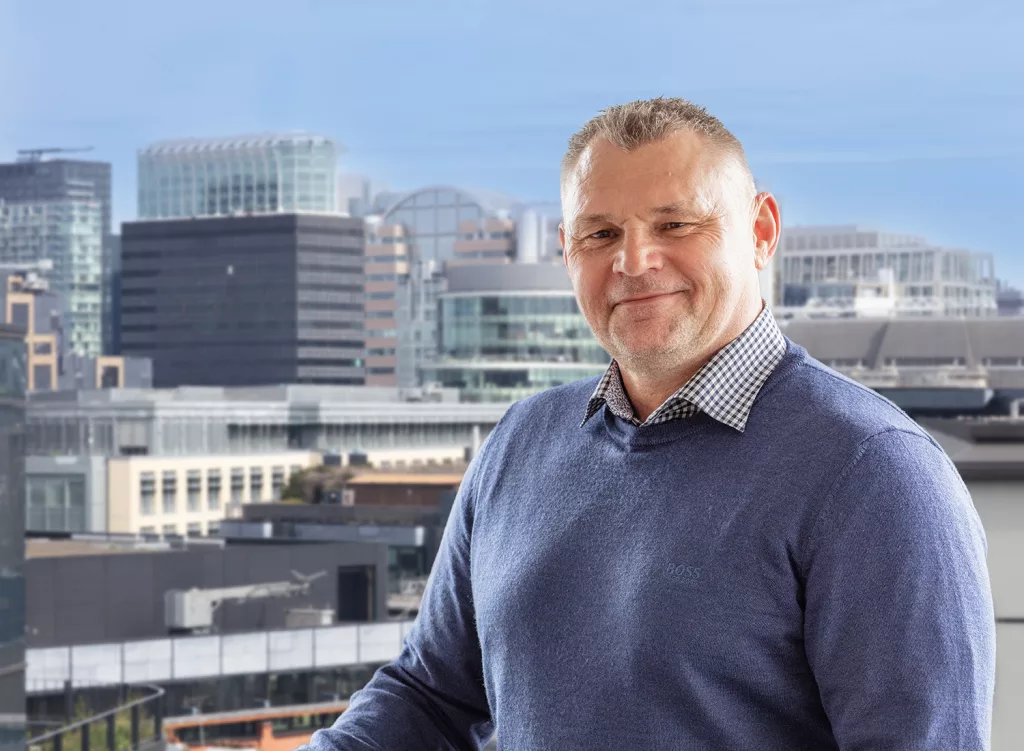5G is going to change everything, right? It certainly looks promising. Many predict that it will transform the very world around us, helping to realise incredible IoT use cases and providing connectivity that will supercharge scientific research and new space-age innovations, says Phil Thompson, VP, client partner executive, Spirent Communications.
We’re still a long way away from that. In fact, whatever the potential of the technology, true 5G coverage often only reaches a fraction of the geographical area of its coverage and many operators have to rely on their 4G signals in order to prop up those coverage deficits.
At its best, 5G can reach download speeds of 10 gigabytes per second, 100 times faster than 4G. However, that’s a rare possibility across much of the world. In fact, 5G offerings often don’t cover more than a fraction of the territory they’re intended to serve and when they do, they offer it at lower speeds than many expect.
We want big things from 5G and yet there are many factors holding it back including our high expectations from actually reaching the heights that we need.
The current scope and state of 5G
5G coverage and quality is sorely lacking in many parts of the world. In the UK, true 5G is only available in about 10% of the entire country, often bolstered by 5G operators’ pre-existing 4G infrastructures. A recent report by research company OpenSignal, has revealed that mobile phone users in the UK are only connected to a dedicated 5G network around 10.1% of the time, ranking the UK as 39th amongst 56 advanced and developing markets in 5G availability. Across Europe, the picture varies from highs of 99% coverage in Italy to dramatic lows of 4% in Belgium.
Furthermore the supposedly lightning fast speeds that 5G was supposed to bring about are notably lacking. At its height, 5G is supposed to be able to command download speeds of 100 Gb/s we might not be able to expect that all the time. In fact, a more reasonable expectation, according to the International Telecoms Union (ITU), is around 20 Gb/s which is still far higher than anything 4G can muster. Most places don’t even come close to ITU’s standard. Norway currently boasts Europe’s highest 5G average download speeds at 333.9 mbps while the highest average in the USA can be found in Illinois at 141.4 mbps. Those speeds are better than 4G, but far below the generous promises made about 5G. However,
behind these disappointing results are a complex array of obstacles that telecom operators are currently fighting with.
Technical complexity
5G presents a starkly different adoption challenge than any previous generation of “G” technology. 2G, 3G and 4G each represented the introduction of new capabilities into mobile connectivity however they could more or less be stacked on top of one another. Developing and deploying a 5G network is a task of much greater complexity.
For example, 5G signals use a different wavelength than 4G: millimetre waves. While these can carry more data faster than 4G wavelengths, they cannot travel as far. While 4G signals can travel around 10 miles, 5G can only travel a fraction of that distance. In turn, this necessitates many more base stations than 4G would require and introduces a whole new range of infrastructure complications and requirements. 5G requires around three times as many base stations as 4G does and as such needs much greater capital investment to provide all the cell towers, nodes, connections, and fibre optic cables required.
Similarly, there is a trade-off here between range and strength. When we talk about 5G’s possibilities we are often talking about the “high range” signals that provide supercharged connection speeds. However, many of the 5G rollouts have used low band-frequencies to transmit 5G signals. Those low-band frequencies often provide a mere 100 mbps download speed, which falls far below the speeds that high range signals could provide. From that point of view, a lot of 5G offerings might technically be “5G” but not the kind that is being constantly hyped, advertised and sold.
The ability to build necessary 5G infrastructure is further hampered by local politics and bureaucracy around planning. Because 5G networks require so much more physical infrastructure, deployment requires aggressive construction efforts. This is also hampered by the conspiracy theorists that often blame the 5G signal for a variety of social ills such as Covid-19.
This often puts operators at odds with local groups who worry about the implications of 5G infrastructure being built close to their often rural homes. It also means they have to deal with land rents which can get expensive for large construction projects and planning permission applications which can delay construction by months, thus draining more precious capital. This could be why according to one survey from Uswitch only 17% of respondents could use 5G while in rural areas.
Funding 5G development
5G is expensive to develop and many operators struggle to find the capital necessary to develop their 5G networks to meet the hype. A recent PWC report entitled The Challenge of Monetising 5G reveals that while capital expenditures and operating expenses are very high, and will get higher with successive development in 5G, returns are very low, at between 1.5% and 4.5%.
Similarly, PWC’s 26th Annual Global CEO survey revealed that nearly half of telecommunications CEOs ”believe that if their companies continue on their current paths, their businesses would not be economically viable in 10 years.”
Operators are in a difficult situation. They must maintain a proportion of their current 2G, 3G and 4G infrastructure, while continually developing their 5G infrastructure without sufficient monetisation or expectation of a swift return, which could fund further developments to their 5G networks. This leaves many operators in an odd bind. On one hand they have to hype 5G in order to sell their services, on the other, the hype they create fuels dissatisfaction with current standards.

The ability to raise capital to fund 5G development is a crucial obstacle here and we can see how regional differences in funding map onto the quality of 5G in those areas. A recent piece in the Wall Street Journal authored by former Google CEO Eric Schmidt noted that Asian consumers generally enjoy faster 5G services because of the vast investment the region has made in 5G networks. China, for example, has spent $50 billion (€46.22 billion) on its 5G networks, with the intention to spend a further $100 billion (€92.45 billion) in coming years. It has also built 1 million 5G base stations. The US on the other hand which is approximately the same geographical size has built less than 100,000 5G base stations and legislation is still waiting on congress to vote on whether to allocate a mere $1.5 billion (€1.39 billion) to 5G investment.
The hype around 5G has set high expectations for operators, expectations which they’re struggling to meet. 5G technologies may well empower transformative innovations, but only after a long and careful process of development and detailed systematic end-to-end live and constant testing. 5G hype is currently outpacing operators’ ability to deliver on it and organisations need to take a more realistic approach and recalibrate the space-age expectations around the technology.’
The author is Phil Thompson, VP, Client Partner Executive, Spirent Communications.
Comment on this article below or via Twitter: @VanillaPlus OR @jcvplus






